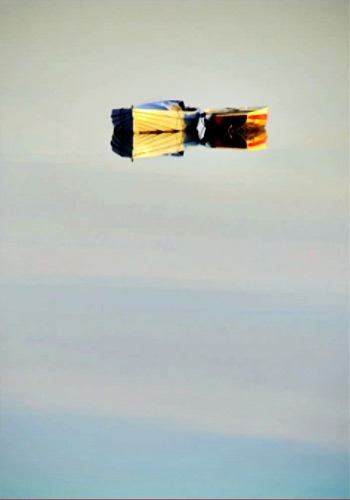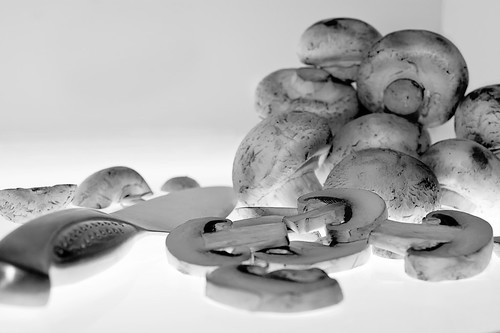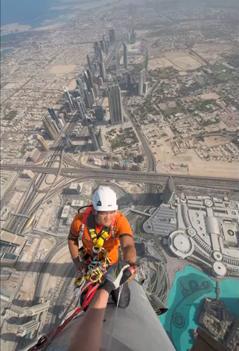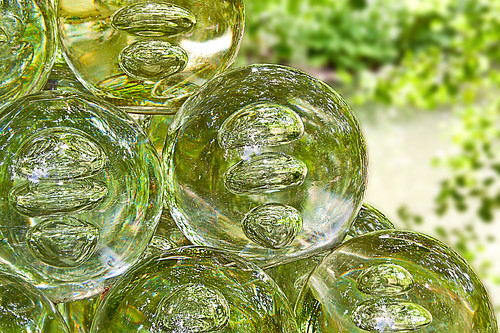It’s all about interpretation…
We all have a little difficulty photographing art. We know that interpretation is important to the success of a piece – have we got the interpretation right? Should we hesitate when shooting art by others? Analysis paralysis could stop us doing anything. My view is we have to give it a try.
When photographing art there are two broad approaches. One way is to create a record shot which tries to represent the art as seen. You are producing a sort of factual postcard representation. The other is to take the shot putting your own interpretation on the piece.
Both these approaches are legitimate.
Some general points…
As with all photography there are some general principles that need to be established. In a nutshell we should try to…
- Declutter the scene so the eye goes to the subject
- Make sure our subject is the main focus of the shot
- Ensure we have a clear purpose for the shot
- Work hard to remove distractions (eg. bad focus or burnt out highlights)
- Treat the subject with complementary light to bring out its best features
…these help us to ensure that we are conveying the meaning of our shot to our viewers.
The purpose
Clarity of purpose for a shot is an important part of crystallising our idea about how to present it. If we make a conscious decision about why we are taking the shot, it will help us to make the distinction between a record shot or an interpretation.
A judge at a photography competition once told me, “you should never put a picture of a piece of art in a competition unless you have put your own mark on the piece of art”. “Otherwise,” he said, “it is a record of someone else’s art”. For a judge that’s important. If it is a record of someone else’s work, what has he got to mark that is yours?
So, with photography of art I think you need a clear idea about your intentions. A record shot is about preserving the piece, ensuring that it’s essence is retained.
That judge I mentioned told a story. His friend was passionate about public art – pieces on public display in the open air. He travelled widely photographing sculpture. He always had something with him that he put on the sculpture. A scarf. A hat maybe. Sometimes a teddy bear. The strategic placement of that one thing was enough to add a new meaning. It was a sort of reinterpretation. The judges friend was creating a new work of art.
This clarity about “representation verses interpretation” comes up in many aspects of photography.
Often beginners are not aware of its significance. That is the reason there is often “something missing” in their pictures. The pictures of beginners often look sterile because they have tried to represent reality. The standard of their photography is not good enough to make the picture stand out. The picture itself is insipid because it lacks interpretation.
When someone has an artistic eye, even if a beginner, the interpretation they bring to a shot trumps the lack of technical skill. That is why some artists can create great images within a short time of first handling a camera. They know how to create an event in the imagination of the viewer – even if they lack the skill to create a great photograph. That event is the image that stays with the viewer.
Making the difference
Once we have established the purpose of the shot we should have a clear idea about some of the things that we can do to actually make the image…
Record shots: You are looking to create a clear, technically excellent representation. Work on sharp outlines and clear colours which are as close as possible to the original. Try to capture any essential textures, but also try to show the piece in its entirety. You will probably need to take a regimented progression of shots to do this. Typically a good record shot is one of a series. Record the full detail of the piece, capture it from all sides. Try not to embellish or exaggerate. Make a plain statement of its existence. Use plain light. However, if you only have time for one shot then make it as faithful to the original as possible.
Interpretation shots: You can let your imagination run wild. Anything goes. You are doing it to express how you feel about this piece. Get your feelings out there, exaggerate, magnify, close in, show it all or just enough… wild angles, odd views. You get the point. You are making the shot yours. You are doing some thing different.
Photographing art is one example
The principle of “expression versus representation” runs right through photography. Natural history shots are a case in point. We want our pictures of birds to be essentially record shots. We are looking for a faithful record of them. The trick with wildlife is to show them performing some behaviour which is peculiar to them.
You can probably think of other examples of the way this split affects your shots.
Once you become aware of this essential tension within every shot you can begin to work on the imagination or the representation in your own area of interest. It is critical to conveying meaning in your shot.
By Damon Guy (author and Photokonnexion editor)

Damon Guy (Netkonnexion)
Damon is a writer-photog and editor of this site. He has run some major websites, a computing department and a digital image library. He started out as a trained teacher and now runs training for digital photographers.
See also:
Editors ‘Bio’.
Can you write? Of course you can!We would love to have your articles or tips posted on our site.
Find out more…
Write for Photokonnexion.

 Photokonnexion tips by email
Photokonnexion tips by email







